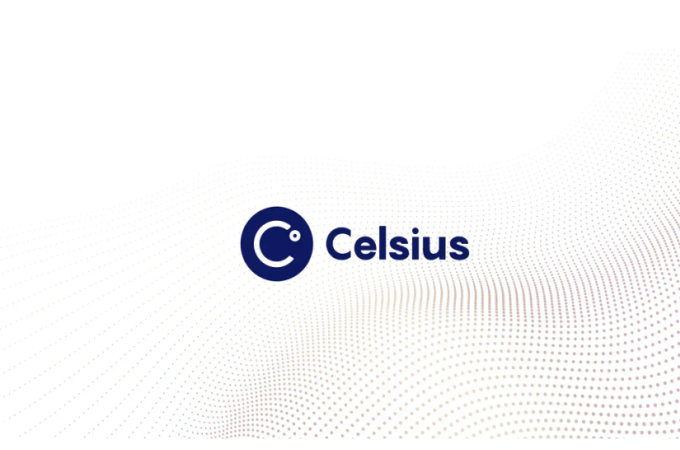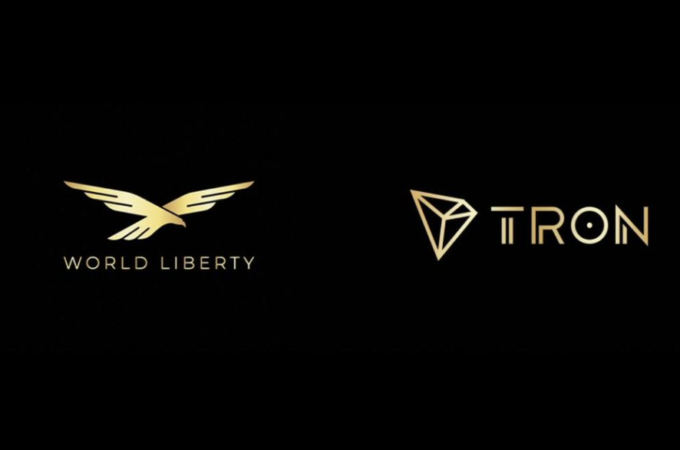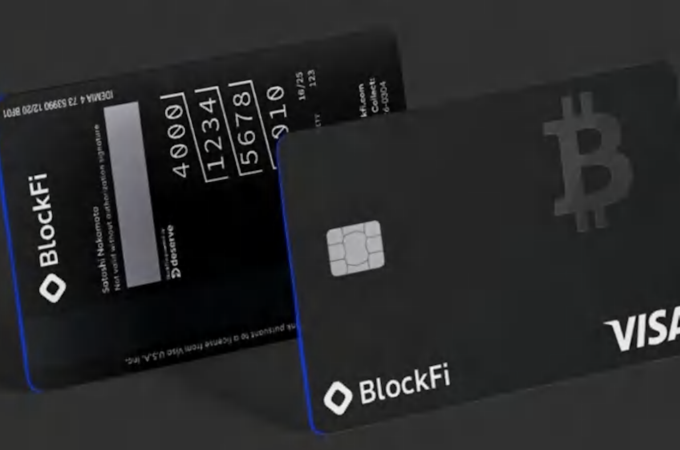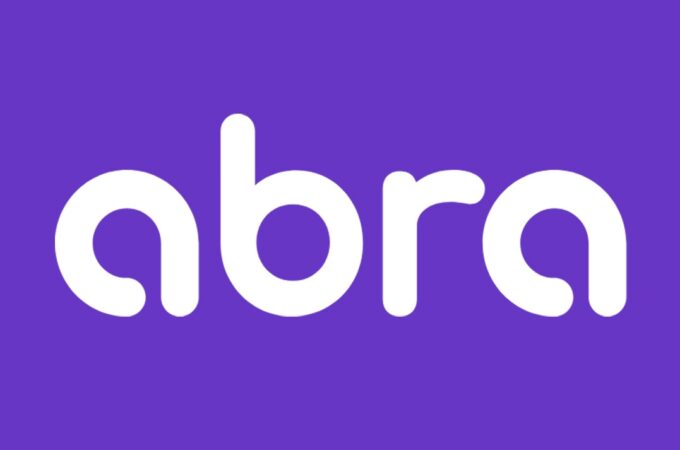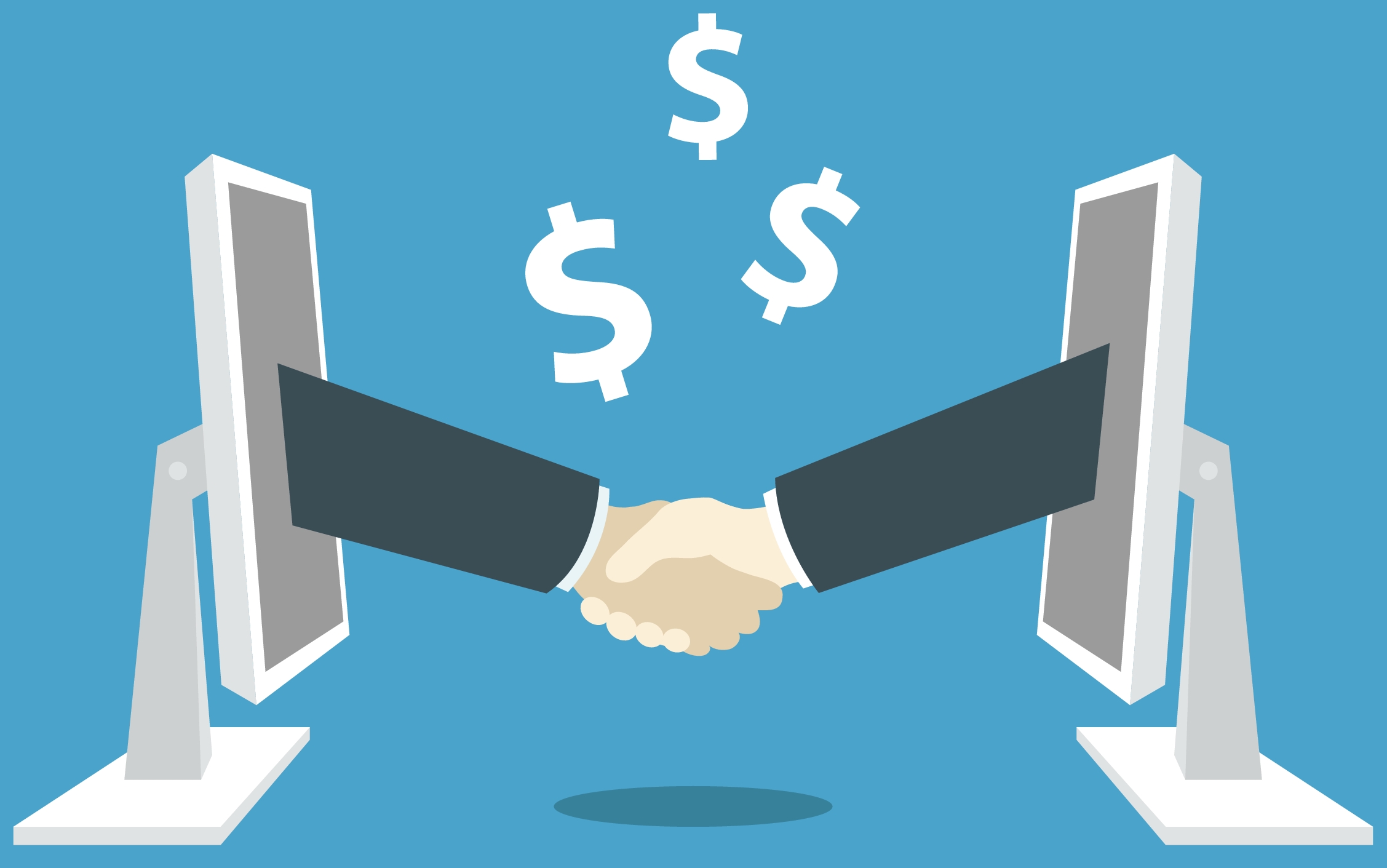
What Defines Alternative Lending Platforms?
By Kate for LTP
The alternative lending industry went from an explosive growth, a goldmine for banks, to the cause of hot discussions over the viability of the very business models in the FinTech family. Some of the largest alternative lenders have been originating loans at such a pace that any bank can marvel at what technology can do in finances nowadays.
Although alternative lending was never a “cure from cancer” for small businesses and individuals with no hope on banks (since it carries certain risks for everyone), the industry gained an outstanding traction. In the UK alone, marketplace lenders are expected to control up to 6% across key segments by 2025, including personal lending, SME business lending and the retail buy-to-let market, which may represent approximately £600 billion of lending.
With all the problems and benefits associated with alternative lending, there are three pillars upon which the industry raised its head and expected to continue its growth and development. According to the World Economic Forum (WEF),“future lending processes will be streamlined with greater emphasis on meeting funding requests in a timely manner.”
The key characteristics of alternative lending
As defined by WEF, there are three key characteristics of alternative lending platforms:
- P2P. Online platforms and legal contracts are leveraged to directly match funds between savers and borrowers with no need to hold reserves and costs kept to a minimum by acting as an online marketplace;
Cost-efficiency has been one the major appeals of alternative lending platforms both for customers and for financial institutions.
For banks that have noticed the inability to compete with alternative lending platforms, the most optimal solution was collaboration and integration – some financial institutions found it to be more effective to fuel the loans originated on those platforms rather than to compete with them.
- Alternative adjudication. Borrowers are assessed on criteria beyond traditional credit scores, such as social data, and risk engines are reviewed more often to incorporate recent feedback.
Alternative lending platforms have released the assessment of one’s creditworthiness from the boundaries of human bias and let data and AI make a choice. Whether it’s an advantageous shift in the long term or not, alternative lending platforms opened up opportunities for those not fitting into traditional assessment model.
Only in the US in 2015 there were 26 million credit invisible consumers, according to the report by the Consumer Financial Protection Bureau (CFPB). In addition, CFPB suggests that ~8% of the adult population has credit records that are considered unscorable based on a widely-used credit scoring model. Those records are almost evenly split between the 9.9 million that have an insufficient credit history and the 9.6 million that lack a recent credit history.
- Lean automated processes. Assessment of borrowers is at least partly automated against pre-defined rules via platforms that are free of legacy processes and technology.
By using proprietary underwriting algorithms that were built free of legacy systems and its limitations, alternative lenders have been able to expand the horizons of the business by shedding light on previously skipped by the formal sector groups of the population. Automated processes have enabled greater speed and transparency resulting in user-friendly interfaces and experiences with platforms.
First appeared at LTP

